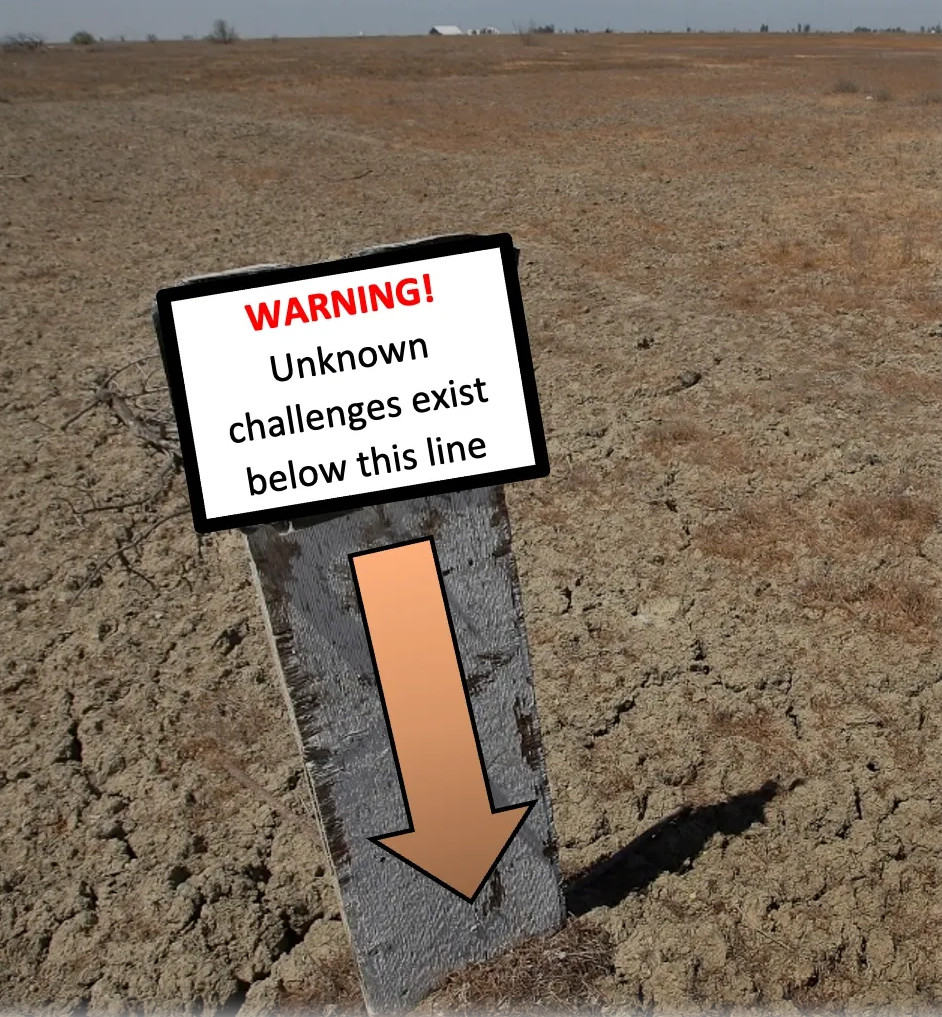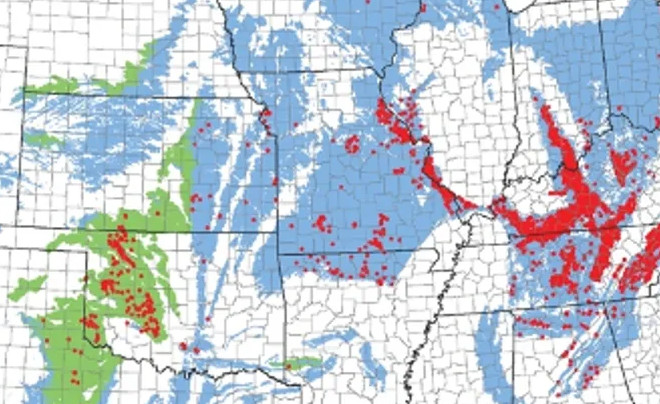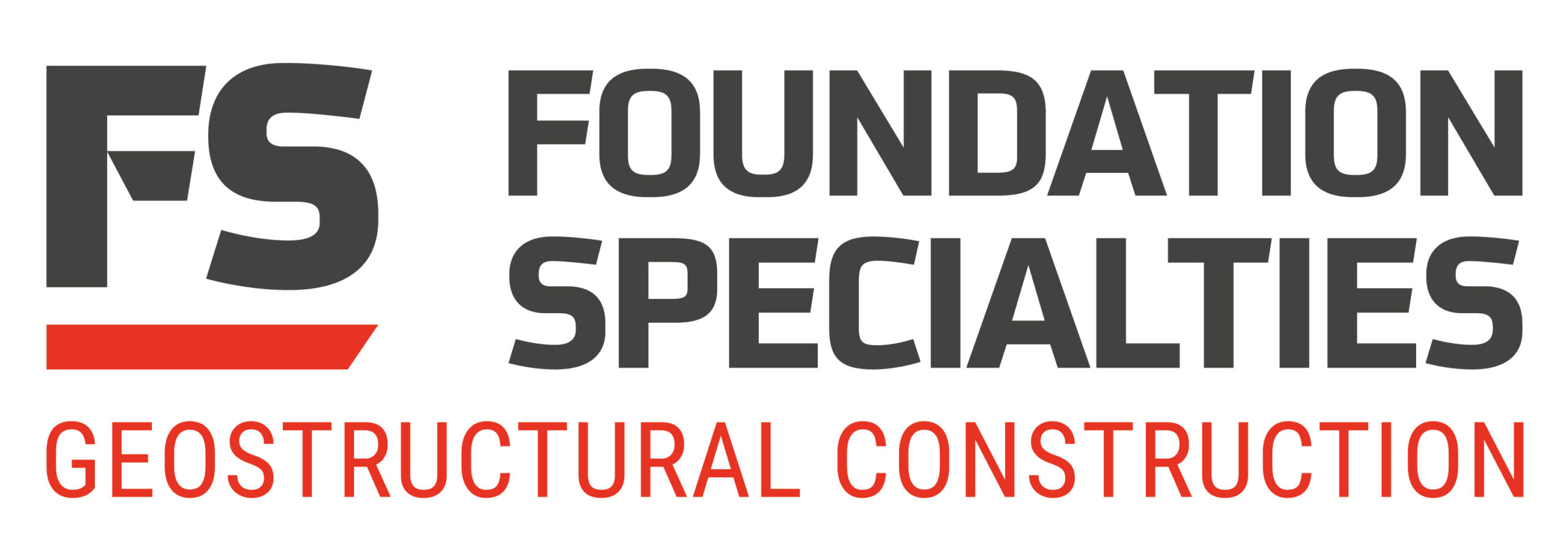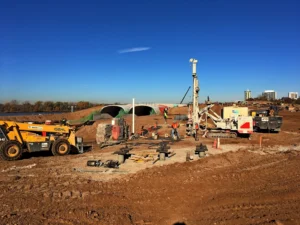At Foundation Specialties Geostructual Construction (FSGC), we often tell our clients that it is not “if”, it is “when” we uncover latent issues that are buried in the ground. Unlike many other trades, the work that FSGC performs is located underground, and it is only a matter of time before we come across an issue that was unknown and not discovered by a geotechnical borings and report. Thus, possibly leading to significant project roadblocks and budgetary implications.

In our bid proposals for our services, FSGC will include language that addresses the potential soil unknowns of the project site, ensuring a transparent and proactive approach. In legal terms, it is called “change of site conditions” and covers potential concealed issues that were not uncovered through geotechnical investigation or other means.
One of the common challenges in the region where FSGC performs our services is Karst geology. Karst is a topography formed from the dissolution of soluble rocks such as limestone. It’s characterized by underground drainage systems with sinkholes and caves. This type of topography can also have pinnacle rock formations, where the depth of rock varies significantly within a given area. The “Top of the Rock” golf course at Big Cedar Lodge south of Branson, MO is a great example of this geology.
The underlying Karst conditions and forming can lay dormant for many years. Rainwater and groundwater percolated through underground fissures and bedding planes, dissolving carbonate minerals and creating wider cavities and conduits. These conduits continue to widen, creating an underground cavities network frequently along one or more discrete zones. Eventually, the rock and cohesive soils above collapse, creating sinkholes, throat openings, and unstable soil.
Though it may not be identified in the geotechnical investigation, karst conditions could be present and impact the project in multiple ways, increasing the price and potentially lengthening the project schedule.
- If micropiles are being installed into a Karst geology, grout pumped into the micropile bored hole will escape through rock fissures and cavities, and an overage of grout will occur.
- If the depth of rock varies, piles may need to be drilled deeper than projected from the geotechnical report. This will increase drill time, grout, and costs.
- If rock cavities are encountered during drilling, this may cause piles to shift and may require the piles to be drilled deeper into more competent rock. This will increase drill time, grout, and costs.
- If helical piles or other types of soil displacement piles are installed in the soil above a Karst area, excessive movement and/or settlement of these piles can occur if the soils collapse into the voids and cavities. This will lead to a structure settling and leading to a costly repair and/or underpinning.
The team at FSGC works hard with our partners to educate and manage expectations during the early design stages. Predicting the impact of latent Karst issues is difficult and sometimes can be expensive to mitigate, but it’s important for our partners working in areas where Karst occurs to have a risk plan for this issue.

The red dots on the map show where sinkholes have occurred and the light blue and light green areas are areas where Karst geology may exist.
The FSGC team stands ready to educate, train, and provide value-added services to all our clients, all for the purpose of executing projects seamlessly.

